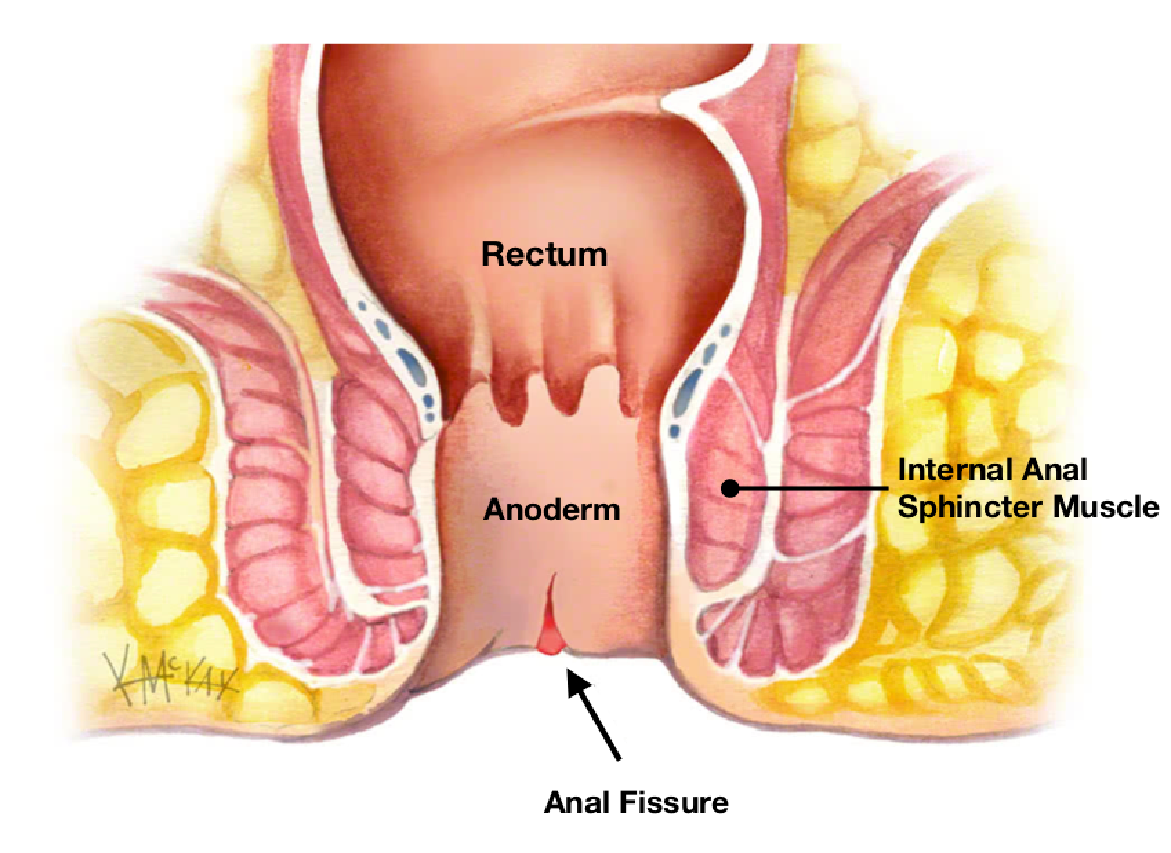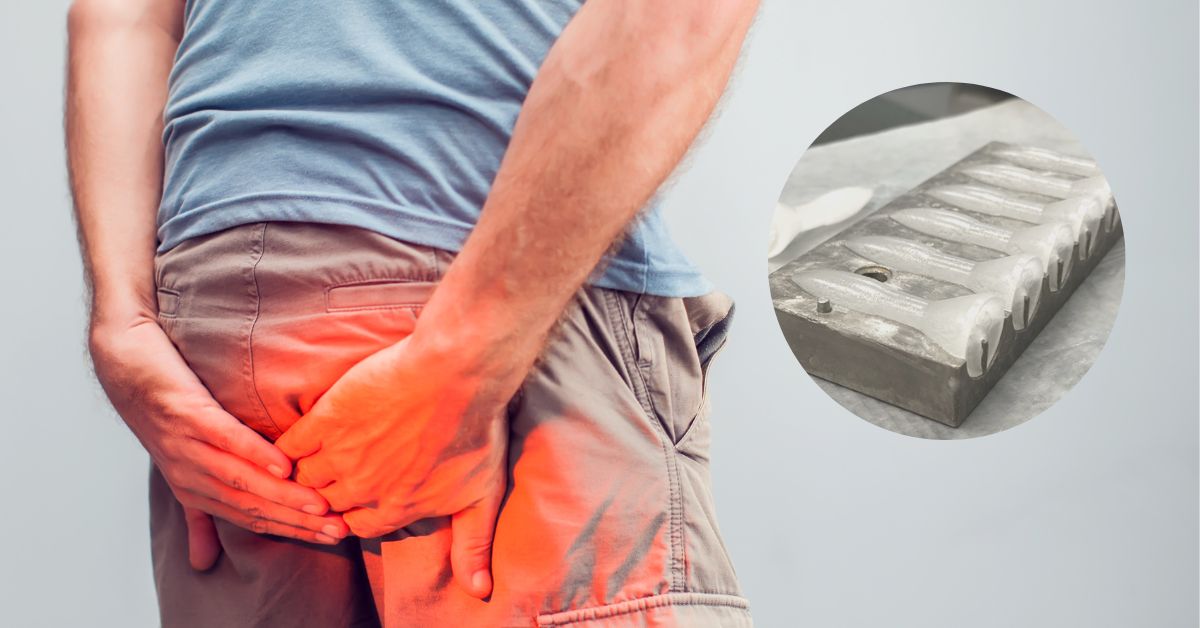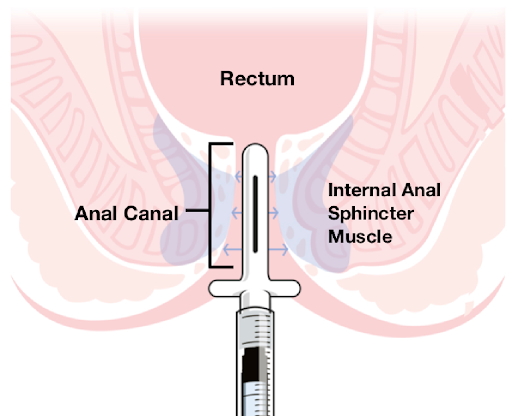
Anal Fissures are a Pain in the Butt!
Causes, Symptoms & Options to Address Anal Fissures
What’s an Anal Fissure?
An anal fissure is a small tear in the thin tissue (mucosa) that lines the anal canal. Anal fissures are typically the result of some form of trauma to the anus. This trauma has been associated with a variety of causes, but most often is simply the result of a hard stool.
Possible Symptoms
- Pain
- Anal itching
- Localized pain during bowel movements
- Bright red blood in stool

At Town & Country Compounding we do our best to work with the patient and the practitioner to offer other options for the patients in the Northern New Jersey & NYC areas.
What Causes Anal Fissure Pain?
- The initial pain of an anal fissure will cause the internal anal sphincter muscle to tighten and go into spasm.
- This spasming of the sphincter muscle aggravates the fissure causing extreme pain during and after a bowel movement.
- The tightening/spasming of the sphincter muscle also restricts blood flow to the affected area, which delays healing.
How to Eliminate Fissure Pain
The key to anal fissure pain relief is keeping the Internal Anal Sphincter Muscle in a relaxed state. Keeping the Internal Anal Sphincter Muscle relaxed and preventing spasm will significantly reduce pain and improve blood flow to the affected area to promote healing. Patients comment that after using DoseRite, they think their fissure is healed after the first few days because their pain is gone. The goal is to keep patients pain-free while their fissure heals (usually 4-6 weeks to heal).
DoseRite Applicator for the Anal Canal
Topical calcium channel blockers (e.g. Nifedipine, Diltiazem) work by relaxing the sphincter muscle and increasing blood supply to the fissure. They are designed to be applied to the anal mucosa (soft lining of the anal canal) where it can be absorbed by the internal anal sphincter muscle.
KEY POINTS:
- Rubbing the medication on the outside of the anus is not effective at reaching internal anal sphincter muscle.
- Anal canal application makes a difference. Most patients don’t want to or can’t insert their finger into their fissured anus.
- Getting the correct dose is also important. A pea-size amount is not enough to relax the internal sphincter muscle.
Note from Town & Country Compounding: Compounded formulations are often prescribed because certain drugs are not commercially available in a topical form or in combination form. For example, nifedipine, which is normally only an oral drug, can be compounded into a rectal ointment. Also, it is very common for a prescriber to request for something for pain to be added into the formulation. One commonly requested mixture is nifedipine + lidocaine.
DoseRite Applicator for the Anal Canal
(available at Town & Country Compounding with your Rx)
- The goal of DoseRite is to eliminate pain while the fissure heals.
- DoseRite’s anal canal applicator is designed to deliver medication within the anal canal, NOT the rectum. Its closed-end design prevents medication delivery into the rectum.
- Medication is delivered within the anal canal and is absorbed by the anal mucosa- the soft tissue surrounding the internal anal sphincter muscles (see DoseRite graphic).
- Application with DoseRite improves pain relief over peri-anal application with a finger.
- Anal canal application with DoseRite also reduced side effects such as headaches with patients using Nitroglycerine (NTG)1.
- Side slots deliver medication along the length of the tip.
- Safety flange ensures applicator is always inserted to a safe depth.


